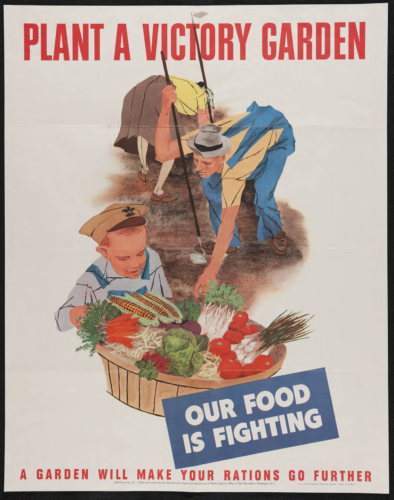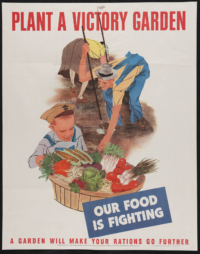We have been predicting this for a while. Supply chain issues, mysterious acts of destruction and “accidents” at food manufacturing plants, lockdowns, business closures, mandates and worker shortages, now inflation, sanctions and war have led to global food shortages. While we have been telling you to stock food, to familiarize yourself with preserving techniques and how to grow your own veggies, it’s now come to the tipping point. The forces against us are invigorated by their pandemic success culminating in cowed obedient populations and a massive transfer of wealth and power. This is their moment to pounce. And in the final push they are acquiring housing and farm land, pushing up energy and food costs and breaking us financially to make us utterly dependent upon their “crickets and loaner” society where the little people own nothing and are “happy” while eating insects and living in high-rise densely packed mega cities.
And even if you don’t believe the big picture threat, the reality is the world has too little food this year, energy and fertilizers are expensive or none existent. It’s time to take matters into your own hands. Look at this country’s response.
SRI LANKA’S PUBLIC SECTOR WORKERS GIVEN FRIDAYS OFF TO GROW FOOD
Sri Lanka, the bankrupt island nation off India, has told its public sector workers to take an extra day off each week to grow food in their back yards. A move that is expected to ‘domino’ across the planet over the coming months in a bid to forestall an inevitable global famine.
An unprecedented economic downturn, supply chain woes and global crop failures have left staple foods in short supply in Sri Lanka. The same can be said for petrol and medicines, too, as record-high inflation continues to ravage household budgets.
The country’s public employees, which amount to 1.5 million people, will have every Friday off for the next three months with full pay. Workers will also be permitted to find work abroad and send money back to the island without it impacting their seniority or pension amid a labor crisis primarily driven by a critical shortage of foreign currency to buy imports.
“It seems appropriate to grant government officials leave for one working day of the week and provide them with the necessary facilities to engage in agricultural activities in their backyards,” said a cabinet statement–which, even with all the political spin and downplaying in the world, must have Sri Lankans panicked — it should have us westerns worried, too.
The day spent working the vegetable garden would be a “solution to the food shortage that is expected to occur in the future”, the statement continued, adding that cutting down on civil servant commutes would also help reduce fuel consumption.
Could this happen here? What can be done?

In the UK there is a history of “allotments”. An allotment is an area of land, leased either from a private or local authority landlord, for the use of growing fruit and vegetables. In some cases this land will also be used for the growing of ornamental plants, and the keeping of hens, rabbits and bees. An allotment is traditionally measured in rods (perches or poles), an old measurement dating back to Anglo-Saxon times. 10 poles is the accepted size of an allotment, the equivalent of 250 square meters or about the size of a doubles tennis court. Almost all cities and towns have them.
Jim Gale, founder of Food Forest Abundance, pointed out in a recent interview that in the United States there are 40 million acres of lawn. If we were to turn 30% of that lawn into permaculture-based food gardens, says Gale, we could be food self-sufficient without relying on imports or chemicals.
Permaculture is a gardening technique that “uses the inherent qualities of plants and animals combined with the natural characteristics of landscapes and structures to produce a life-supporting system for city and country, using the smallest practical area.”
In Russia, families use these permaculture methods on their dachas. They have just 110 days of growing season per year but generate enough food plus a surplus.
Dachas are small wooden houses on a small plot of land, typically just 600 meters (656 yards) in size. In Soviet Russia, they were allocated free of charge on the theory that the land belonged to the people. They were given to many public servants; and families not given a dacha could get access to a plot of land in an allotment association, where they could grow vegetables, visit regularly to tend their kitchen gardens and gather crops. After the Fall of the Wall, the oligarchs raped the county and people were left to fend for themselves.
Stripped of other resources, Russian families turned to their dachas to grow food. The share of food gardening in national agriculture increased from 32% in 1990 to over 50% by 2000. In 2004, food gardens accounted for 51% of the total agricultural output of the Russian Federation.
The area taken up by lawns in the US is two times greater than that of Russia’s gardens and could prove profitable and life-saving for American families.
Let’s get digging. And let’s make sure those global elites don’t win.
